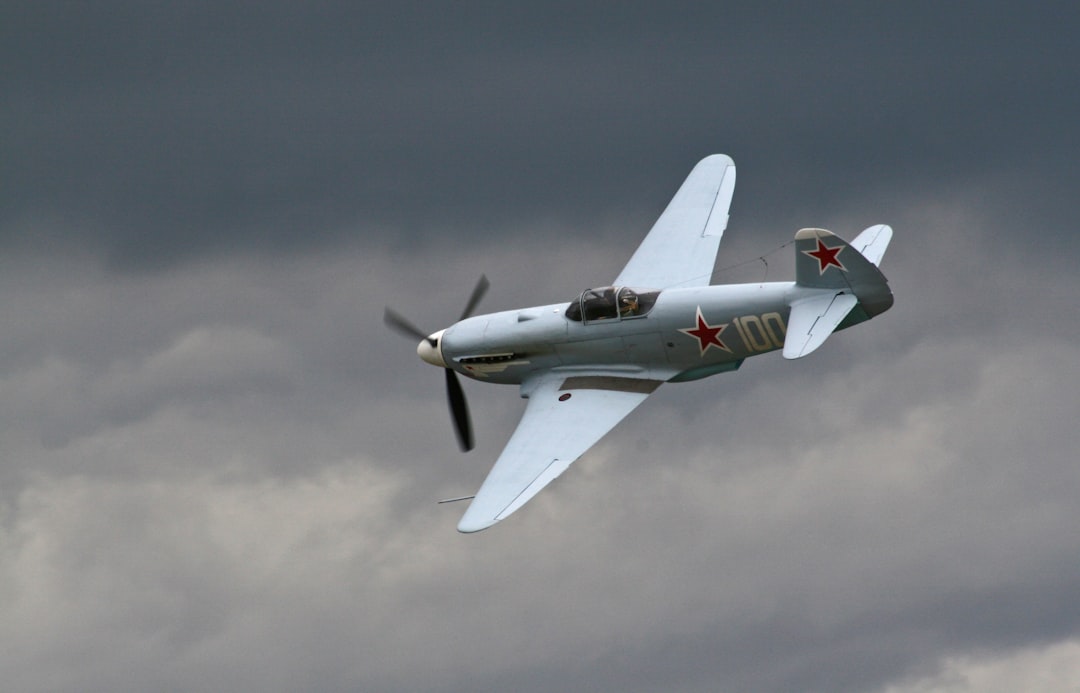What is it about?
This article explores why in Rome some ancient street layouts survive, while in other places new streets have been built which erase the old layout. The different fortunes of the Forum and the Imperial Fora are explained by their different relationships to citywide movement patterns and to the city's history and memory. The 20th century saw new changes in both areas which have drastically changed movement patterns in the city and can tell us a lot about how we relate to their history and memory.
Featured Image
Why is it important?
The Via dei Fori Imperiali, Mussolini's new road, made use of the memory of the Imperial Fora but drastically altered movement patterns in the area. The mayor of Rome now wants to close the road. At a time when movement through the area is changing again, it is important to consider the lessons of history. Closing the road (and making the Forum Romanum more open) would restore ancient movement patterns and enrich Romans' and visitors' access to and experience of the area's memory.
Read the Original
This page is a summary of: Memory and Movement in the Roman Fora from Antiquity to Metro C, Journal of the Society of Architectural Historians, December 2014, University of California Press,
DOI: 10.1525/jsah.2014.73.4.478.
You can read the full text:
Contributors
The following have contributed to this page










